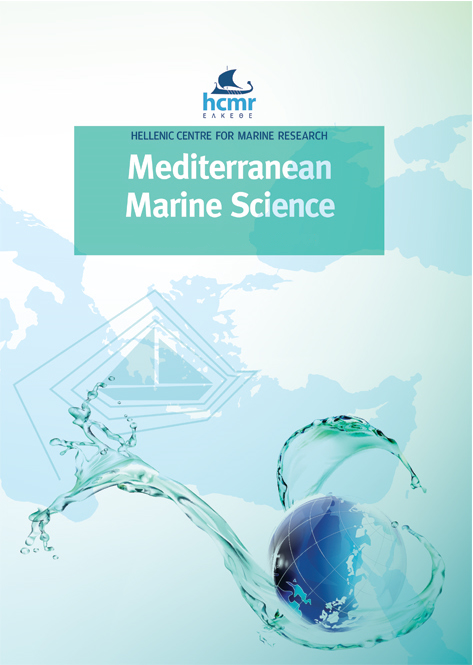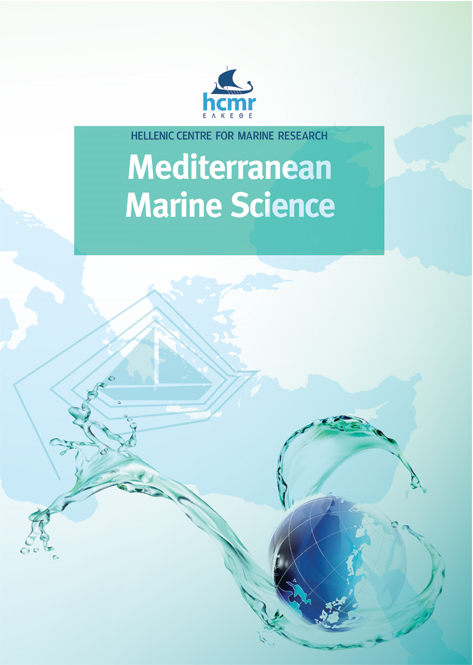Population dynamics and predatory impact of the alien jellyfish Aurelia solida (Cnidaria, Scyphozoa) in the Bizerte Lagoon (southwestern Mediterranean Sea)

Abstract
Understanding the life cycle strategies and predatory impact of alien jellyfish species is critical to mitigate the impact these organisms may have on local populations, biodiversity, and ultimately on the functioning of food webs. In the Mediterranean Sea, little is known about the dynamics of alien jellyfish, although this area is a biodiversity hotspot and one of the most threatened by an increasing number of alien jellyfish. Here, we investigated the population dynamics and predatory impact of a non-indigenous scyphomedusa, Aurelia solida Browne 1905, in the Bizerte Lagoon, Tunisia. The study was based on a bimonthly survey performed over two consecutive years, from November 2012 to August 2014. Field observations showed that the planktonic phase of A. solida occurs from winter to early summer. Prey composition was investigated by means of gut content and field zooplankton analyses. Calanoid copepods, mollusc larvae and larvaceans represented the main food items of A. solida. To determine the jellyfish feeding rate and their predatory impact on zooplankton populations, the digestion time for zooplankton prey was assessed at three different temperatures: 13, 18 and 23 °C in laboratory conditions, corresponding to the average range of temperatures encountered by A. solida in the Bizerte Lagoon. We found that A. solida consumed 0.5–22.5% and 0.02–37.3% of the daily zooplankton standing stock in 2013 and 2014, respectively. These results indicate a non-negligible but restricted seasonal grazing impact on some mesozooplankton groups, explained by the relatively short lifespan of the medusa stage (5–6 months).
Article Details
- How to Cite
-
GUEROUN, S. K., MOLINERO, J. C., PIRAINO, S., & DALY YAHIA, M. N. (2020). Population dynamics and predatory impact of the alien jellyfish Aurelia solida (Cnidaria, Scyphozoa) in the Bizerte Lagoon (southwestern Mediterranean Sea). Mediterranean Marine Science, 21(1), 22–35. https://doi.org/10.12681/mms.17358
- Issue
- Vol. 21 No. 1 (2020)
- Section
- Research Article
Authors who publish with this journal agree to the following terms:
- Authors retain copyright and grant the journal right of first publication with the work simultaneously licensed under a Creative Commons Attribution Non-Commercial License that allows others to share the work with an acknowledgement of the work's authorship and initial publication in this journal.
- Authors are able to enter into separate, additional contractual arrangements for the non-exclusive distribution of the journal's published version of the work (e.g. post it to an institutional repository or publish it in a book), with an acknowledgement of its initial publication in this journal.
- Authors are permitted and encouraged to post their work online (preferably in institutional repositories or on their website) prior to and during the submission process, as it can lead to productive exchanges, as well as earlier and greater citation of published work (See The Effect of Open Access).











